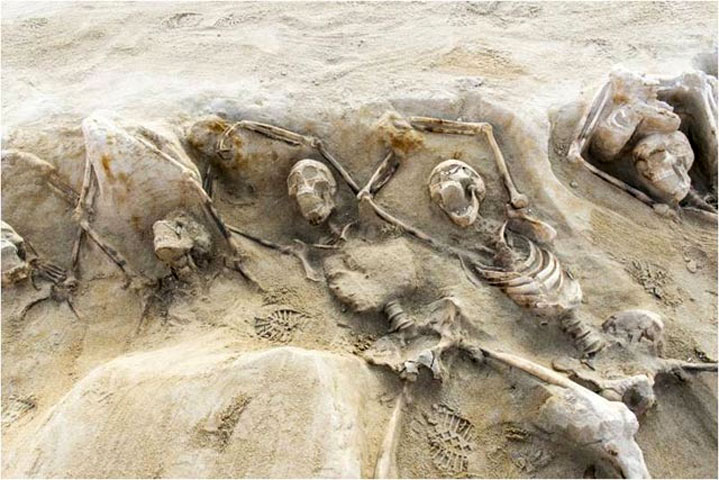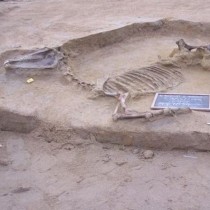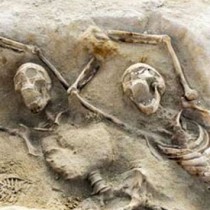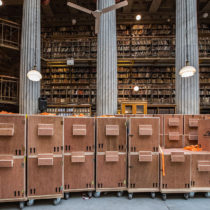The “prisoners” revealed at the Faliron Delta, during works for the Stavros Niarchos Foundation Cultural Centre, won’t be backfilled, but preserved in situ. The find will be visible and accessible.
This was the decision made by the Central Archaeological Council (KAS). A not at all easy decision, as all facts and alternative solutions had to be examined, after the “sensational and very significant find” came to light. This is how the members of KAS characterized the burial of 80 prisoners found in array (some with iron handcuffs on their hands) dating back to the third quarter of the 7th century BC. This was a very important turbulent historical period, about which not many things are known, full of riots and revolutions between aristocracy supporters and those trying to subvert aristocracy. Regarding the Faliron find, this period could be linked either with the Cylonian Affair or with similar historical events.
Also, all results of the autopsy had to be considered. Bioarchaeologist Dr Anastasia Papathanasiou and archaeologist-anthropologist Dr Eleni Stravopodi stressed the great anthropological significance of the find. The good preservation state would allow researchers to come to conclusions about the demography, the origin of the population, the food they were eating, the diseases from which they suffered etc. Furthermore, the need of in situ preservation and investigation was pointed out. The two anthropologists stated that the find is extremely sensitive and it should not be disturbed. They explained that the osteological analysis could be completed quickly (if one skeleton a day was examined) and the rest of the analyses could be conducted in workshops. They added that carbon-dating was possible and necessary.
Dr Stella Chrysoulaki said that it is very probable that underneath these burials there are older ones and also stressed the significance of the find, which could shed light on the social classes of the era. About the prisoners, she said that they were buried right after their death and that pots were found for the first time, suggesting they were Athenian citizens, while their burial was conducted with respect. As for how their hands remained raised, the specialists answered that possibly two men pulled each “prisoner” by his hands, and placed them at the spot where they were found, or that they had been transferred with the help of a plank which later decomposed.
It should be noted that all four proposed solutions by the Directorate of Preservation of Ancient and Modern Monuments and the Directorate of Prehistoric and Classical Antiquities were examined, such as the removal of the find in blocks, the in situ preservation and the backfill of the finds. The proposal of the block removal and placement in an adjacent trench (after the excavational examination), in order that a special gridiron be put above it, as well as a metal structure ensuring special conditions of thermal insulation was based on a study by Dimitris Korres, a specialist in transferring ancient material, and was presented by his brother, professor and KAS member Manolis Korres.
Manolis Korres, as well as other members, said that if the skeletal remains could not be preserved in situ, then backfilling the finds would be the next best solution.





